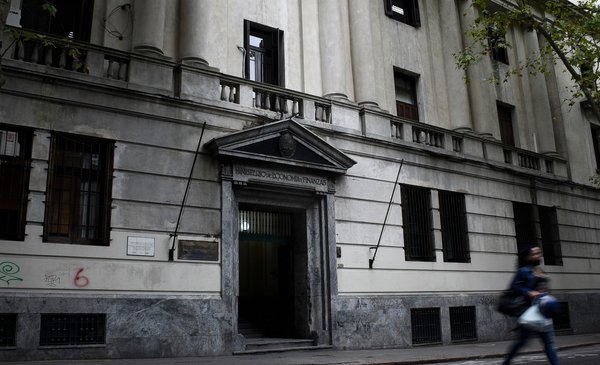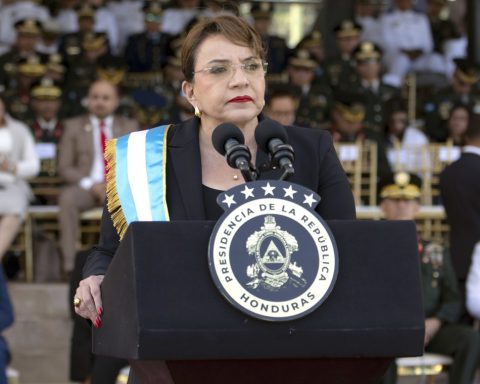The Debt Management Unit of the Ministry of Economy and Finance (MEF) tendered this Tuesday a new section of the emission of Treasury note in nominal pesos maturing in 2025, in an international context of rising interest rates to contain inflationary pressures from which Uruguay does not escape either.
In order to finance its fiscal deficit and public debt service payments, The government had to validate this Tuesday a higher cost for that financing.
The tendered amount Treasury Note (Series 9) was $700 million (about $17.5 million) and got nearly four times as much demand: $ 2,674 million. As usual, the authorities have the legal power to accept up to double the tendered amount ($1.4 billion in this case), something that the authorities decided not to take. One of the reasons may be behind the interest rate sought by local investors. The MEF ended up accepting 814.5 million (US$ 20.3 million) with an annual interest rate of 10.68%.almost two points above the 8.98% it paid in the tender it held for that note in April.
Inflation remained for the third consecutive month in May at a figure of 9.4%. In the 12 months to that month, the price rise rate was 9.37%, the same record of the moving year closed in April (9.37%) and practically identical to that of March (9.38%).
Noise in the markets
In recent days, the international markets reacted pessimistically after the latest US inflation figure (above forecast) and the price of the dollar strengthened. What drives volatility? New expectations that the Fed will raise the rate of 75 basis points in June and July, and another 50 basis points in September. The first would be the biggest adjustment since 1994, generating new fears of recession in the stock markets.
By raising reference rates, the Fed leads commercial banks to increase those applied to loans. In March 2020, the agency followed the opposite path and lowered its own to practically zero to prop up the economy and consumption, engines of growth in the United States, in the face of the expansion of the coronavirus. Interest rates remained in a range between 0% and 0.25% for two years. The first upload was last March. A quarter of a percentage point. Currently, they are located in a range that goes from 0.75% to 1%.
Last Friday, 25% of market operators expected a rise of 0.75 points. The rest believed it would be 0.5 points, according to CME Group. Although on Saturday only 3.6% of those consulted thought that the Fed would raise its rates by 75 basis points, Wall Street opened yesterday in a sharp drop in the event of a higher than expected increase. Obviously, prevention is better than cure. The S&P 500 index fell 20% below last January’s high, while technology stocks were among the hardest hit, with the Nasdaq sitting at the lowest level since November 2020.


















